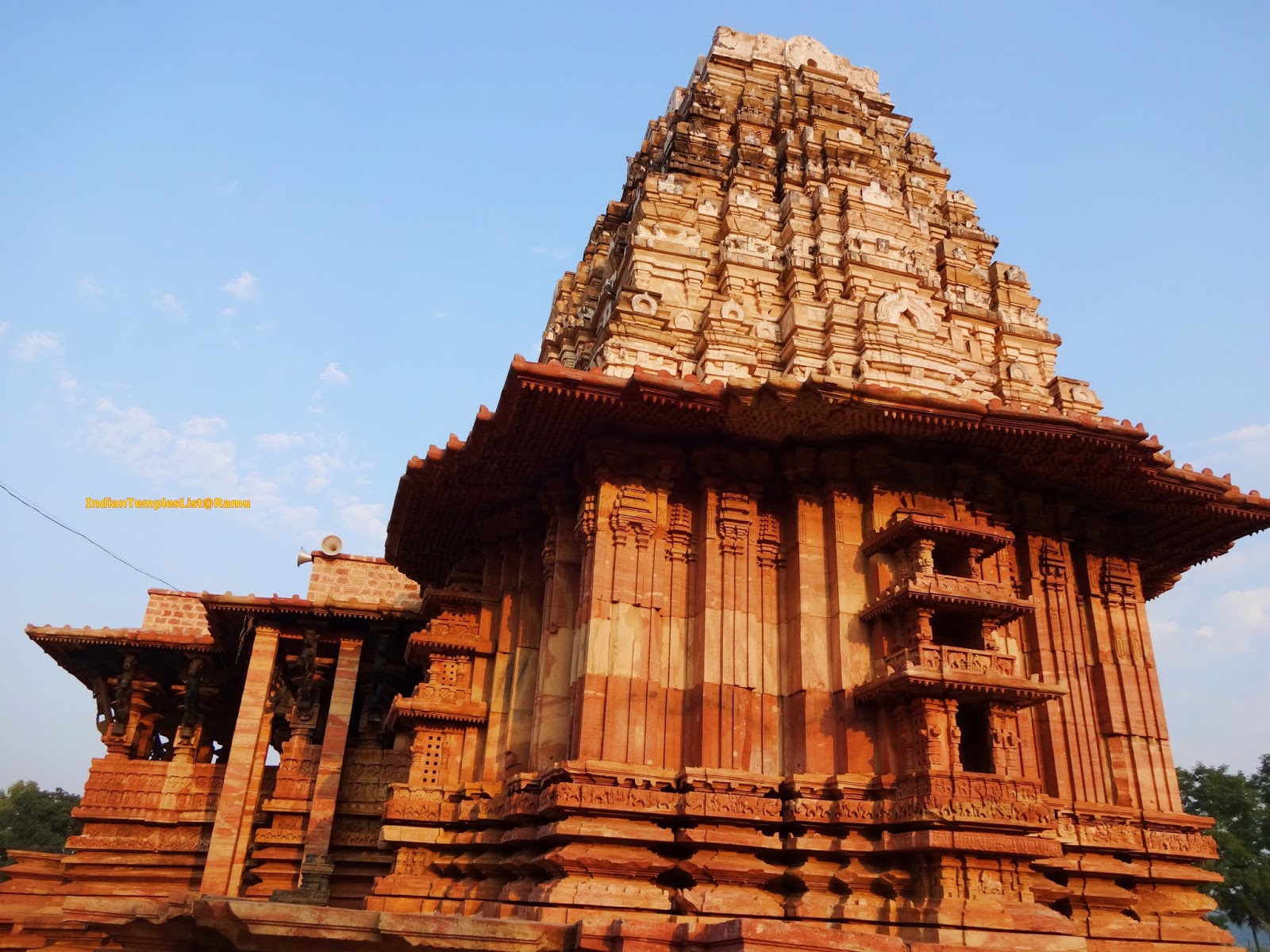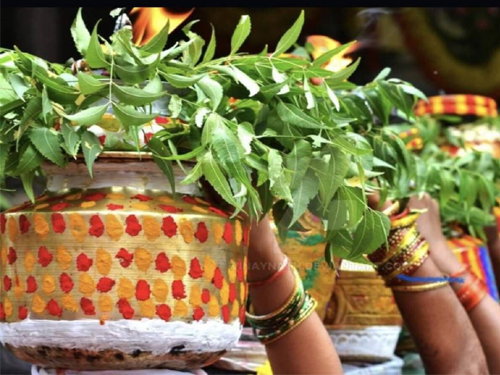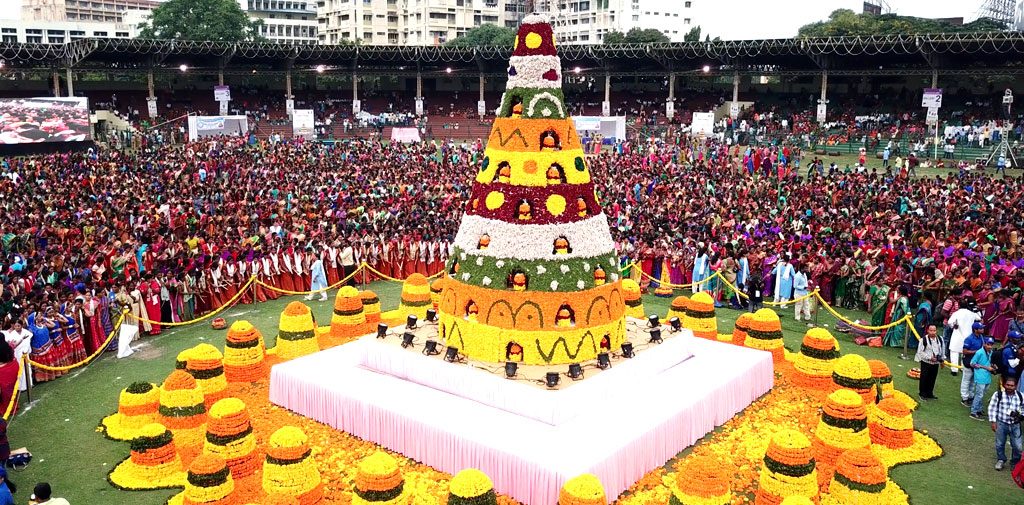The history of Telangana, located on the high Deccan Plateau, includes its being ruled by the Satavahana Dynasty (230 BCE to 220 CE), the Kakatiya Dynasty (1083–1323), the Musunuri Nayaks (1326–1356), the Delhi Sultanate, the Bahmani Sultanate (1347–1512), Golconda Sultanate (1512–1687) and Asaf Jahi dynasty (1724-1950)

The history of Telangana, located on the high Deccan Plateau, includes its being ruled by the Satavahana Dynasty (230 BCE to 220 CE), the Kakatiya Dynasty (1083–1323), the Musunuri Nayaks (1326–1356), the Delhi Sultanate, the Bahmani Sultanate (1347–1512), Golconda Sultanate (1512–1687) and Asaf Jahi dynasty (1724-1950)

Sanskrit writings dating to about 1000 BCE mention that “Andhra” people were living in the region now occupied by Telangana state, but historical references begin only with the Mauryan dynasty (late 4th to early 2nd century BCE) to the north. The great Mauryan emperor Ashoka (reigned c. 265–238 BCE) sent Buddhist missions to the Andhras in the south.

The festivals of Telangana create equal and uniform fervor of festivities as it encompasses people of all castes and faiths. The two things that are unique to the state are the exceptional veneration of female deities and the universality of the festivities.

Telangana culture has historically served as a melting pot for an array of languages and cultures, making it a prime exemplar of India's composite culture, pluralism, and inclusivity. Situated on the elevated Deccan plateau, Telangana acts as a connecting link between North and South India. Therefore, it is unsurprising that the entire region is celebrated for its Ganga-Jamuna Tehzeeb (syncretic culture) and its capital, Hyderabad, often referred to as a 'miniature India'.